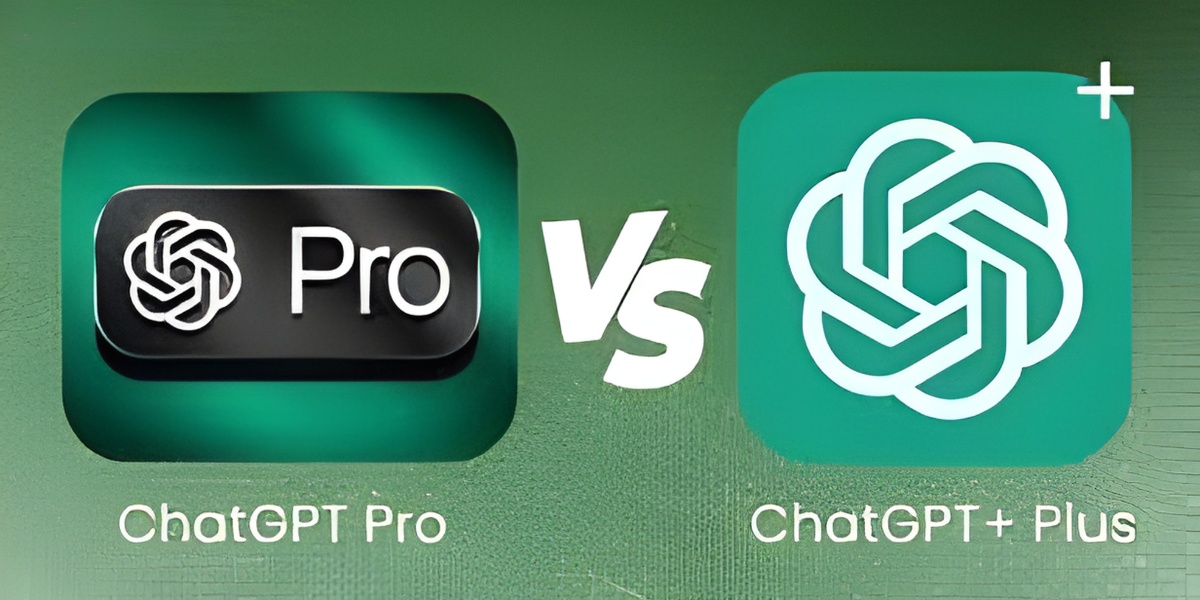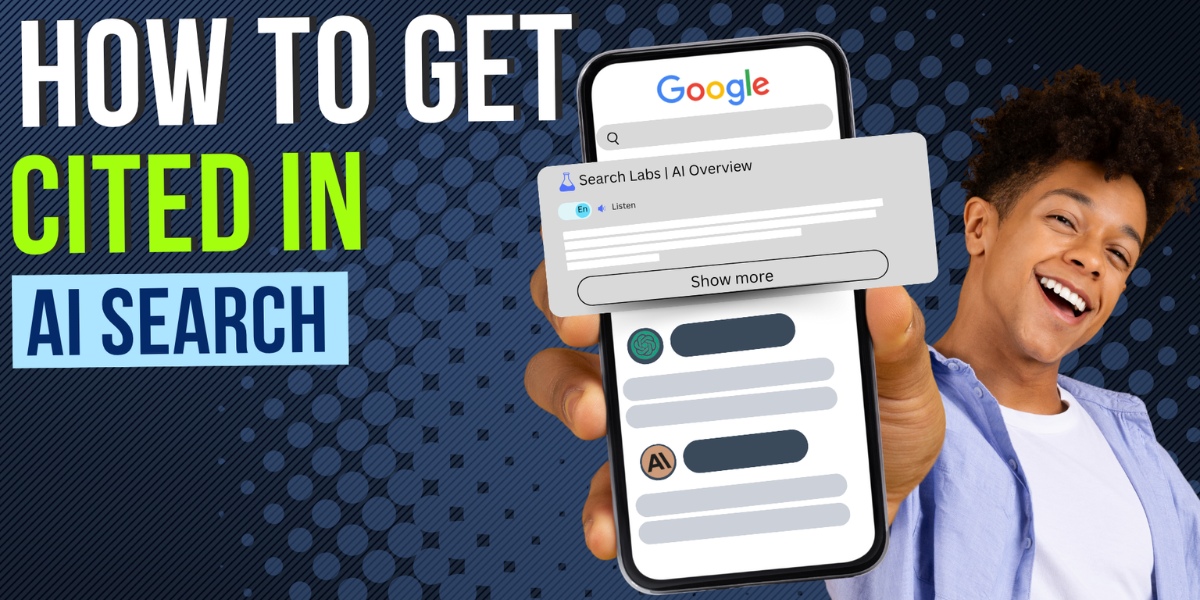In today’s fast-paced SaaS world, standing out feels tougher than ever.
With competition rising and costs to attract new customers climbing, every SaaS company needs a clear, actionable plan—a SaaS marketing playbook. Think of it as your team’s go-to guide for turning messy marketing efforts into a streamlined growth machine.
At VH-info, we’ve helped dozens of SaaS brands cut through the noise by focusing on what matters: keeping customers loyal, lowering customer acquisition costs, and driving sustainable growth through strategies like link building for Seo.
This guide isn’t just theory—it’s packed with real-world tactics we’ve used to help companies generate qualified leads, improve search engine visibility, and scale smarter.
Whether you’re launching a new product or refining your strategy, this playbook will help you align your team, make data-driven decisions, and build a foundation for long-term success. Let’s simplify SaaS marketing, together.
What Is A SaaS Marketing Playbook?
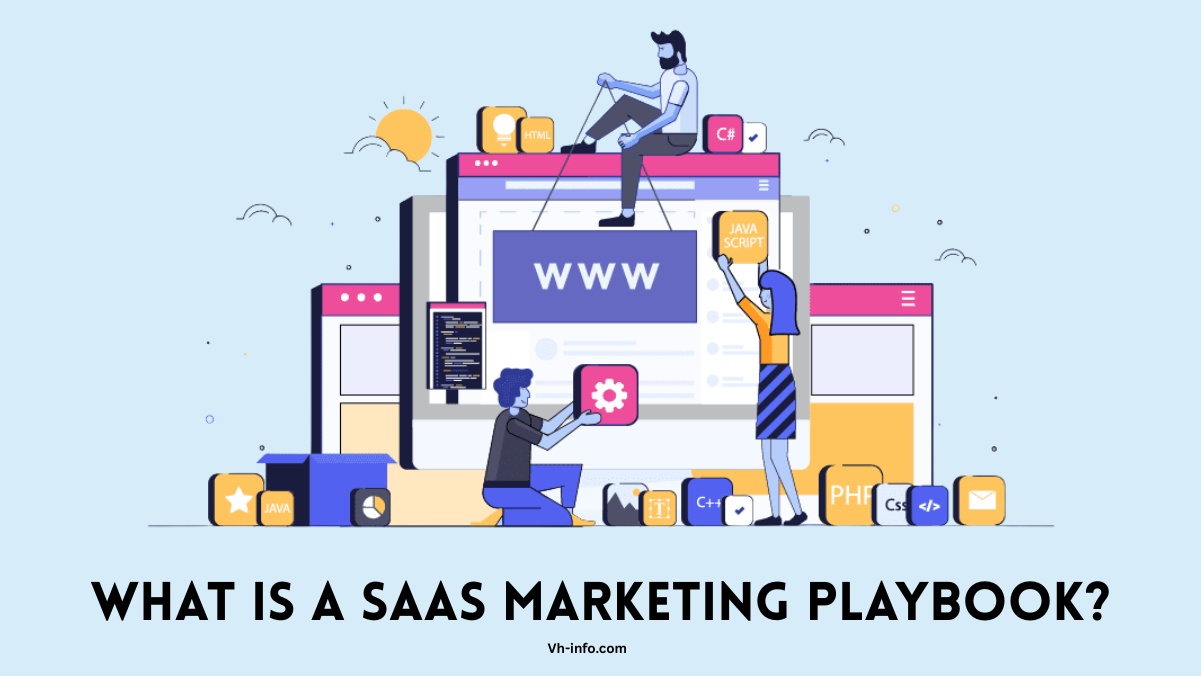
A saas marketing playbook is a comprehensive strategic document that outlines your marketing strategy, tactics, processes, and best practices tailored specifically for your saas business in the competitive saas industry.
Think of it as your marketing team’s operational manual that guides decision-making, ensures consistency across campaigns, and helps new team members quickly get up to speed on your marketing approach.
The playbook serves as more than just documentation—it’s a living framework that evolves with your business growth and market conditions.
A well-designed saas playbook typically includes target audience definitions, marketing channels selection, content creation guidelines, budget allocation strategies, and key performance indicators for measuring success.
This systematic approach helps ensure that all marketing efforts align with your business objectives and contribute to sustainable growth.
What sets a saas marketing playbook apart from traditional marketing plans is its focus on the unique characteristics of software-as-a-service businesses.
Unlike one-time product sales, SaaS companies must prioritize customer retention, recurring revenue growth, and long-term customer relationships. Your marketing playbook should reflect these priorities by emphasizing strategies that drive not just initial conversions, but also customer success and expansion revenue.
Why Your SaaS Needs A Marketing Playbook?

Building a marketing playbook provides important benefits that directly impact your SaaS growth trajectory. Team alignment stands as the primary advantage, ensuring that your marketing team, sales team, and other departments work toward shared goals with consistent messaging and strategies. Research shows that businesses aligning sales and marketing teams can accelerate profit growth by 27%.
The structured approach of a SaaS marketing playbook helps streamline operations and reduce inefficiencies in your marketing efforts.
When team members have clear guidelines for content creation, lead generation processes, and customer acquisition strategies, they can execute campaigns more effectively and avoid duplicating efforts.
This operational clarity becomes particularly valuable as your saas company scales and adds new team members.
Additionally, a comprehensive marketing playbook enables better decision-making by providing frameworks for evaluating new opportunities and allocating resources.
Rather than making reactive decisions based on the latest SaaS trends, your team can reference established criteria and strategic priorities outlined in the playbook. This disciplined approach helps maintain focus on activities that drive the highest return on investment and support your long-term growth objectives.
Core Components Of A SaaS Marketing Playbook

Defining Your Target Audience and Buyer Personas
Creating clear SaaS buyer personas is key for good SaaS marketing. You should define your target audience in detail. Go beyond basic facts like age or location. Include their pain points, how they make decisions, and how they like to communicate.
Also, note the specific problems your product can solve. Using real customer data to create these personas is very helpful. It guides your marketing plans effectively.
At VH-info, we see that good SaaS companies often start by focusing on a small audience first.
This helps test your value and build strong case studies to draw in similar customers later. Your buyer personas should include job roles, company size, industry types, and stages of the customer journey.
Get input from your sales team and customer success teams. Talk to existing customers through interviews and surveys too. This teamwork ensures you have an accurate view of ideal customers. It also helps you craft messages that connect with their needs and wants.
Setting Marketing Objectives and KPIs
Your SaaS marketing playbook should have clear goals. These goals must match your business aims and growth stage.
Use SMART criteria for setting these goals. SMART stands for Specific, Measurable, Achievable, Relevant, and Time-bound. This helps you create useful targets that guide your plans and how you use your resources.
Key performance indicators, or KPIs, are important for SaaS. They often include customer acquisition cost and customer lifetime value.
Other KPIs are monthly recurring revenue growth and conversion rates at each step of the funnel.
The most important KPIs are churn rate and monthly recurring revenue. You can even use the Rule of 40 SaaS to measure the balance between growth and profitability. Customer lifetime value is also key, along with customer acquisition cost.
These give you insights into how customers act, the health of your finances, and how you stack up against b2b saas funnel conversion benchmarks. Make sure your marketing goals connect from top business goals to specific campaign aims and tasks for individuals.
This way, daily tasks support big-picture outcomes while keeping your marketing team accountable.
Choosing the Right Marketing Channels
Choosing the right marketing channels is very important, and it’s essential to understand Why is seo important for long-term growth. You need to think carefully about where your target audience connects with brands.
Popular B2B SaaS channels are SEO, content marketing, email marketing, social media, and paid ads.
The best mix of these depends on your audience and business model.
Content marketing and SaaS SEO are key for strong SaaS plans, and you might consider hiring a SaaS SEO Consultant to guide your strategy. This is due to their low cost and long-term gains. They work together to bring in good leads and build brand trust.
At VH-info, we help SaaS firms make strong link-building plans. This helps improve search visibility and drive organic growth. When you pick channels, think about your team’s resources.
Also, consider how each approach can grow over time. Content marketing may need a big upfront cost, but it gives great returns later.
Paid ads can give quick results, but they need ongoing money spent. This can include PPC For SaaS in general, or platform-specific campaigns like SaaS Facebook Ads, SaaS Instagram Ads, and LinkedIn Ads For SaaS.
Content Creation Guidelines
Clear content rules help keep marketing materials consistent. They also allow your team to make good content quickly.
These rules should include the brand voice and ways to send messages. They should cover content types and quality levels that show your value and connect with your audience.
For SaaS companies, your SaaS Content Strategy needs to focus on all parts of the customer journey and different buyer types. This could include creating a compelling SaaS Infographic to explain complex features visually. This means making content for people learning about the product, helping them consider it, and supporting current customers along their way.
Also, the rules should explain how to use social proof, like case studies and reviews in your marketing. Social proof builds trust and makes it easier to turn prospects into customers in a tough SaaS market.
Budgeting and Resource Allocation
A strategic SaaS Marketing Budget helps your SaaS marketing focus on the best activities and channels. Your playbook should have ways to check ROI for different marketing methods. You should change spending based on how well these methods work and new priorities.
Budgeting is not just about money. It also includes team time, agency help, and tech costs. Many successful SaaS companies put a lot of money into content marketing, SEO, and keeping customers happy for long-term gains.
Regular budget checks allow you to adjust marketing spending to changes in the market and company growth. Set rules to grow winning campaigns, pause those that do not work well, and try new ideas.
SaaS Market Strategies To Include In Your Playbook

Referral Marketing
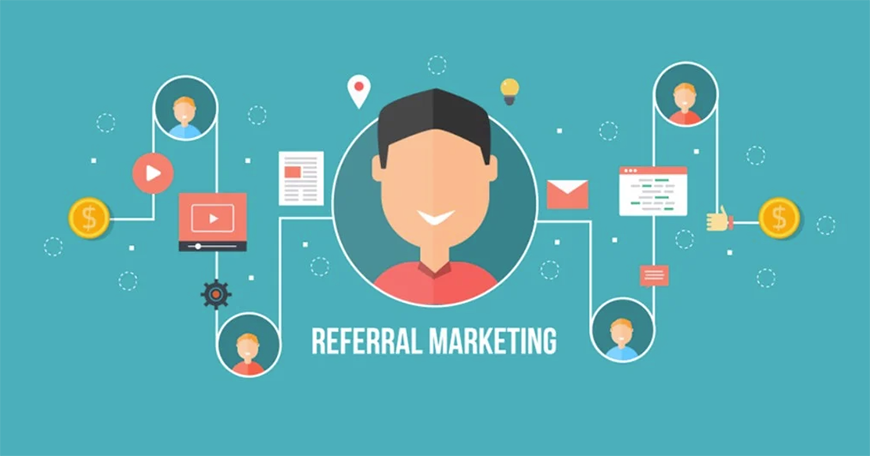
Referral marketing uses your current customers to gain new ones. This is done through word-of-mouth talks. This way works well for SaaS companies. Happy customers love to share their good times with others.
Studies show that trusted advice can lead to sales up to 50 times more than regular ads. Good SaaS referral programs usually give rewards to both the person who refers and the new customer. This encourages sharing and helps with buying or trying the product. The main point is to make sharing easy. It is also important that new customers have a great start-up experience that backs up the advice given by others.
VH-info found that strong referral programs often lower costs for getting customers and increase their value over time. Referred customers tend to fit better with the product and engage more actively.
Email Marketing
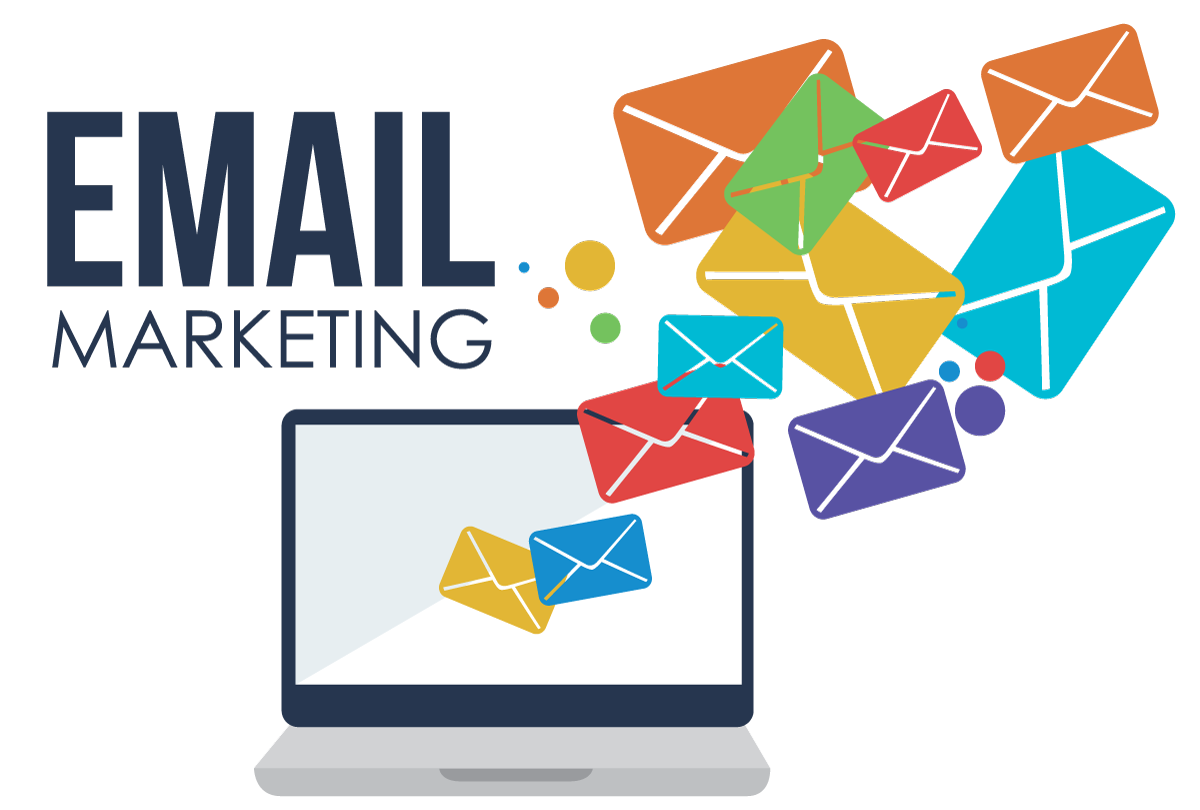
Email marketing works well for SaaS companies, especially when combined with inbound marketing techniques. It allows them to talk directly to prospects and customers. This communication happens throughout the customer journey.
Smart campaigns can help nurture leads and onboard users. They can also announce new features and boost sales. Good SaaS email marketing uses segmentation. This means sorting users based on their actions and interests.
This helps you send content that fits each person’s needs. Using this method improves open rates, clicks, and sales conversions. Your plan should have automated sequences too. These can nurture leads, onboard users, and keep customers happy.
Looking at effective SaaS Newsletter Examples can inspire your own campaigns and help keep your audience interested and engaged.
Content Marketing
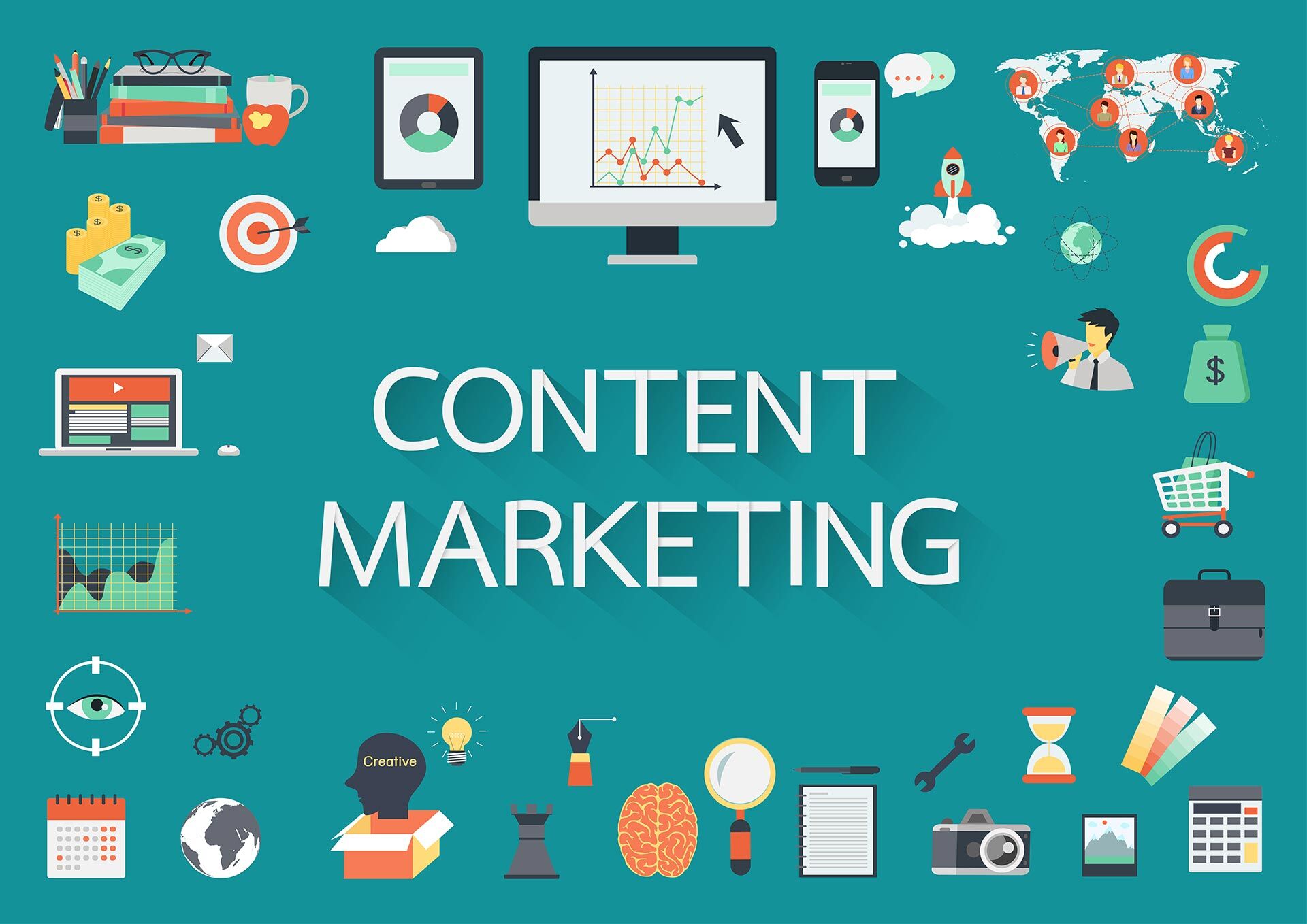
Content marketing serves as the foundation for most successful saas marketing strategies, providing value to your target audience while building brand authority and search engine visibility.
Quality content addresses your prospects’ pain points, demonstrates your expertise, and guides them through their decision-making process.
At VH-info, we’ve seen how strategic content marketing combined with effective link building for seo can dramatically improve a SaaS company’s organic search performance and lead generation results.
The key is creating content that genuinely helps your audience while naturally showcasing how your saas product solves their challenges.
Your content strategy should include various formats such as blog posts, whitepapers, case studies, videos, and webinars to appeal to different learning preferences and consumption habits within your target audience.
Micro Marketing

Micro marketing aims at specific groups of customers or single accounts. This helps SaaS companies make custom experiences. These experiences connect better with potential buyers. They lead to higher conversion rates than general marketing does.
Account-based marketing is an important micro marketing plan for B2B SaaS firms, especially those using a SaaS ERP system to manage customer data. It focuses on big business customers.
By targeting high-value prospects, firms can tailor campaigns for each account. This method helps increase win rates and deal sizes.
However, micro marketing needs careful customer research and custom content that can grow easily. Though it requires effort, the investment often leads to better marketing results and lower costs for gaining new customers.
Freemium Marketing

Freemium marketing uses free product offerings to attract users and demonstrate value before asking for payment. This strategy works well for SaaS companies because it reduces barriers to trial and allows prospects to experience the product’s benefits firsthand.
Successful freemium models require a careful balance between providing enough value in the free version to attract users while maintaining clear incentives for upgrading to paid plans.
The free offering should solve real problems for users, but also highlight additional capabilities available in premium versions.
Your freemium marketing strategy should include clear upgrade paths, in-product messaging about premium features, and targeted campaigns to convert free users into paying customers based on their usage patterns and engagement levels.
Social Proof Marketing

Social proof marketing uses customer reviews, case studies, and usage facts to build trust. This is very important for SaaS companies.
Buying software is a big choice that comes with risks and long-term ties.
Good strategies use different types of proof at every step of the buyer’s journey. This includes logos on web pages and detailed case studies that show results. The main point is to match the right social proof with each stage of the buyer journey.
At VH-info, we help SaaS companies gain trust. We do this by using smart link building and placing content on strong websites, sometimes with the help of a specialized SaaS design agency. This helps increase both trust and search visibility.
Viral Marketing
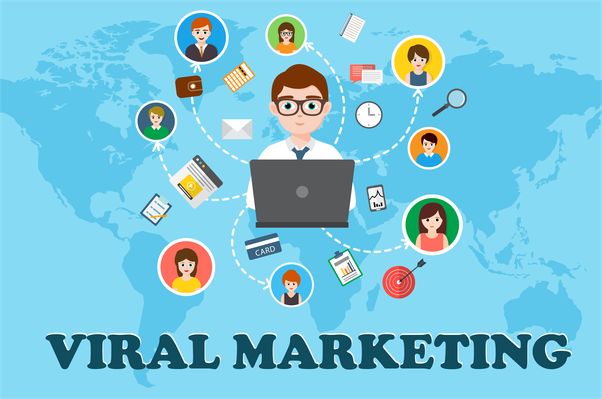
Viral marketing creates campaigns designed to spread rapidly through social sharing and word-of-mouth amplification.
While viral marketing can be challenging to execute consistently, SaaS companies can increase their chances of success by creating content that naturally encourages sharing and provides value to both sharers and their networks.
Successful viral marketing for SaaS often involves interactive demos, valuable tools or resources, or entertaining content that resonates with your target audience.
The key is creating something that people want to share with their professional networks while subtly showcasing your product’s capabilities.
Your viral marketing efforts should align with your brand voice and value proposition while appealing to the sharing motivations of your target audience, whether that’s helping colleagues, demonstrating expertise, or entertaining their networks.
Affiliate Marketing
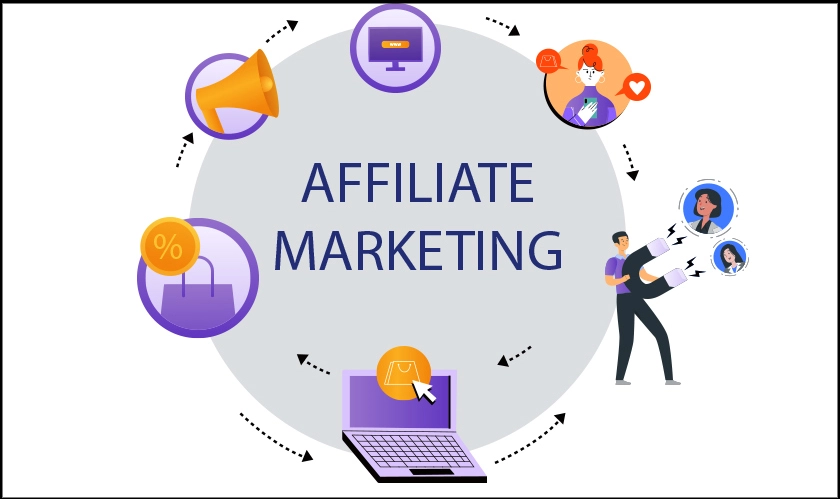
Affiliate marketing can help you reach more customers. It works with third-party promoters who earn money for successful referrals. This model aligns the goals of your business and the affiliates. It gives both access to new audiences and ways to sell products.
Successful SaaS affiliate programs often offer commissions between 20% and 70%. These programs are just one of several effective SaaS partnership models you can explore. The commission depends on the product and market situation.
Success in affiliate marketing relies on finding good partners. These partners should know how to promote your solution well. Your program needs to give clear guidelines and support materials. This helps partners succeed while keeping your brand strong.
Tool Marketing

Tool marketing means making free or cheap tools. These tools give value to your target audience.
They also show your skills and help get leads for your main SaaS product. These tools work as lead magnets. They attract potential customers and help them move toward your paid service.
To do tool marketing well, you need solutions that solve real problems. These solutions should connect with your main product. Good tools build trust and show you are credible. They guide users to your main solution.
At VH-info, we have seen SaaS companies use tool marketing well. They grow their email lists this way. They also show their skills and engage potential customers who may not be ready for their main product yet.
Discount Marketing

Discount marketing uses special prices to help get new customers and solve price concerns during sales. It can work well for SaaS companies, but needs good planning. This is to stop customers from always expecting lower prices or thinking less of the product.
Smart discounting picks certain groups, gives short-time deals, or combines offers that show clear value and keep the pricing plan strong. Use discounts to deal with specific issues instead of using them all the time to gain customers.
Your plan should have clear goals, target groups, and ways to measure success beyond just conversion rates. Consider factors like customer lifetime value and keeping discounted customers as well.
Niche Marketing

Niche marketing focuses on certain groups of customers. It helps companies show their deep knowledge and stand out from others. This method allows SaaS firms to create messages and product features that connect with users.
Good niche marketing needs careful research and unique content creation. It may also require changing products to fit special group needs. Spending time on specialization can lead to better sales rates and strong customer ties.
It can also help with higher prices for services. Your plan should mix focus with chances for growth. This way, chosen groups provide enough market space while helping build lasting advantages over competitors.
Flywheel Marketing
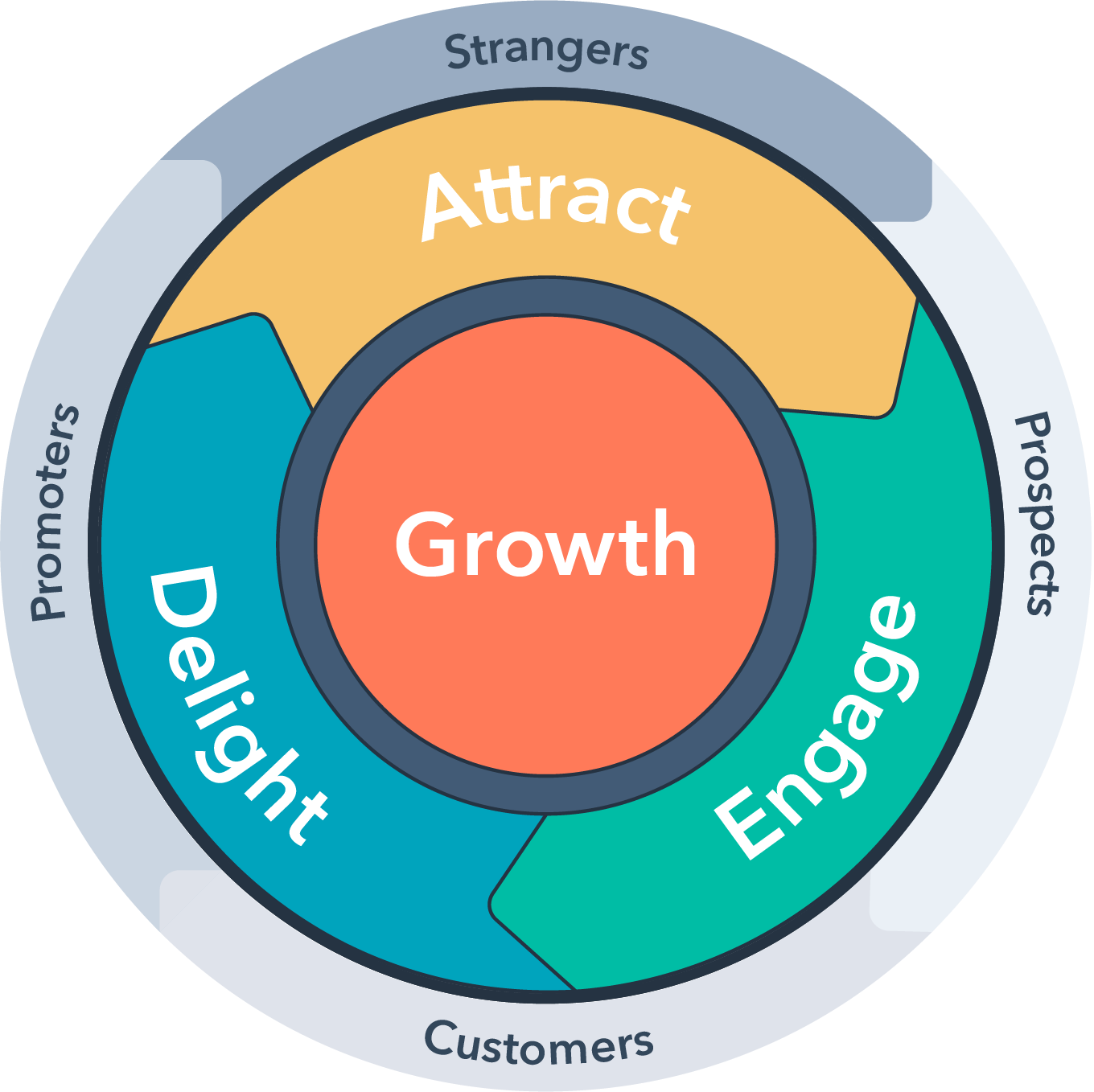
Flywheel marketing helps create growth that keeps going. Happy customers bring in new ones by sharing referrals and positive reviews. This method focuses on great customer service to build momentum for marketing.
The flywheel idea puts customer success first, which is why a seamless B2B SaaS Onboarding experience is critical. The flywheel idea puts customer success first, which is why a seamless B2B SaaS Onboarding experience is critical.
This can be more valuable than getting new customers. This is especially true for SaaS models that depend on regular income. Your flywheel marketing plan should find important moments that turn customers into advocates.
You should also set up ways to boost their positive effect on growth.
Step-By-Step SaaS Marketing Playbook

Creating a good SaaS marketing playbook takes a few important steps to make sure you get good results.
Pre-Launch Marketing Checklist
Pre-launch preparation sets the foundation for successful product launches and marketing campaigns.
Following a detailed SaaS launch checklist ensures nothing is missed. Your checklist should include market research validation, competitive analysis, messaging testing, and content preparation to ensure you’re ready to execute effectively when launch time arrives.
Essential pre-launch activities include developing buyer personas, creating core marketing materials, setting up tracking and analytics systems, and building email lists of interested prospects.
This preparation allows you to hit the ground running and capitalize on launch momentum.
Your pre-launch checklist should also include internal alignment activities to ensure your sales team, customer success team, and other departments are prepared to support the marketing campaign and handle increased interest from prospects.
Launch Campaigns: Tactics and Tools
Successful launch campaigns combine multiple marketing channels and tactics to maximize reach and impact during the critical launch window. Your campaign should include email announcements, social media promotion, content marketing, and potentially paid advertising to create awareness and drive initial adoption.
The key to effective launch campaigns is coordinating messaging across all channels while adapting content to each platform’s unique characteristics and audience expectations.
This omnichannel approach ensures maximum visibility while maintaining consistency in your value proposition.
VH-info recommends including strategic link building and PR outreach into your launch campaigns to build long-term search engine visibility and brand authority that continues driving results long after the initial launch period.
Post-Launch Optimization and Growth Loops
Post-launch optimization focuses on analyzing campaign performance, identifying improvement opportunities, and building sustainable growth systems.
This phase is important for maximizing the return on your launch investment and establishing foundations for long-term growth.
Key post-launch activities include conversion rate optimization, customer feedback collection, retention analysis, and the development of growth loops that turn customers into advocates.
These activities help you refine your marketing approach and build systems that drive compound growth over time.
Your post-launch optimization should include regular performance reviews and strategy adjustments based on real data and customer feedback, ensuring that your marketing efforts continue improving and adapting to market conditions.
Measuring Success: Key SaaS Marketing Metrics

Success in your SaaS marketing work comes from knowing your key performance indicators.
Customer Acquisition Cost (CAC)
Customer acquisition cost represents the total expense required to acquire one new customer, including all marketing and sales expenses.
This metric provides important insights into the efficiency of your marketing efforts and helps guide budget allocation decisions across different channels and campaigns.
Effective CAC measurement requires tracking all associated costs, including paid advertising, content creation, sales team salaries, and marketing technology expenses. The most meaningful CAC analysis compares costs across different acquisition channels and customer segments to identify the most efficient growth strategies.
Your CAC analysis should also consider the lifetime value of acquired customers, aiming for an LTV:CAC ratio of at least 3:1 to ensure sustainable unit economics.
This ratio helps determine which marketing investments provide the best long-term returns for your saas business.
Customer Lifetime Value (CLTV)
Customer lifetime value measures the total revenue generated by a customer throughout their relationship with your SaaS company. This metric helps justify marketing investments and guides decisions about customer acquisition, retention, and expansion strategies.
CLTV calculation should account for monthly recurring revenue, expansion revenue from upgrades or additional seats, and the average customer lifespan based on churn rates.
Understanding CLTV by customer segment allows for more targeted marketing efforts and pricing strategies.
The relationship between CLTV and customer acquisition cost provides one of the most important metrics for evaluating the health and sustainability of your SaaS business model, guiding both marketing strategy and overall business planning.
Churn Rate and Retention Metrics
Churn rate measures the percentage of customers who cancel their subscriptions during a given period, providing critical insights into customer satisfaction and product-market fit.
High churn rates often indicate problems with onboarding, product value delivery, or customer success processes.
Retention metrics should include both gross and net retention rates, with net retention accounting for expansion revenue from existing customers. These metrics help you track not just customer loyalty but also your ability to grow revenue from your existing customer base.
Your churn analysis should segment customers by acquisition channel, customer segment, and lifecycle stage to identify patterns and opportunities for improvement in your marketing strategy and customer success efforts.
Common Mistakes to Avoid in SaaS Marketing

Many SaaS companies make critical errors that undermine their marketing effectiveness and waste valuable resources.
One common mistake is focusing too heavily on vanity metrics like website traffic or social media followers instead of tracking metrics that directly correlate with revenue growth and customer acquisition.
Your marketing team should prioritize metrics that demonstrate clear business impact and guide strategic decision-making.
Another frequent error involves neglecting customer retention in favor of aggressive customer acquisition efforts.
While new customer growth is important, SaaS companies that ignore churn rates and customer success often find themselves on a “leaky bucket” trajectory where acquisition costs continue rising while lifetime value remains stagnant.
Successful saas marketing strategies balance acquisition and retention investments.
SaaS Playbook Tips

Creating an effective saas marketing playbook requires ongoing refinement and adaptation based on performance data and market feedback. Start with a simple framework that covers the essential elements, then expand and refine your playbook as your team gains experience and your business grows.
Document your most successful campaigns and tactics to create replicable processes that new team members can execute consistently. This documentation should include not just what you did, but why certain decisions were made and what results were achieved, providing context for future strategic decisions.
Regular playbook reviews with your marketing team help identify gaps, outdated information, and opportunities for improvement. Schedule quarterly reviews to update buyer personas, refresh messaging, evaluate channel performance, and incorporate new tactics or technologies that could enhance your marketing efforts.
SaaS Marketing Playbook Examples and Templates

Leading SaaS companies like HubSpot and Canva provide excellent examples of comprehensive marketing playbooks that drive consistent growth. HubSpot’s affiliate program demonstrates how flexible payment options and tiered rewards can boost affiliate revenue by 50%, while Canva’s creator-driven approach shows how content marketing and affiliate partnerships can scale rapidly.
Your marketing playbook template should include sections for target audience definition, competitive positioning, channel strategies, content guidelines, and success metrics. Many successful SaaS marketers and companies also include decision trees and frameworks that help team members make consistent choices when facing common marketing decisions.
At VH-info, we’ve helped numerous SaaS companies develop link-building strategies that support their broader marketing playbooks. These strategies focus on building domain authority, improving search rankings, and driving qualified traffic that converts into customers over time.
Conclusion
A well-created SaaS marketing playbook serves as the foundation for sustainable growth in today’s competitive market.
By including the strategies, metrics, and best practices outlined in this guide, your SaaS company can build a comprehensive marketing strategy that drives qualified leads, reduces customer acquisition costs, and supports long-term success,
The key to playbook success lies in treating it as a living document that evolves with your business and market conditions. Regular testing, measurement, and optimization ensure that your marketing efforts remain effective and continue driving growth as your company scales.
VH-info stands ready to support your SaaS growth journey with specialized link-building services that enhance your search engine visibility and complement your broader marketing strategy. Our years of experience helping SaaS companies build authority and drive organic traffic make us the ideal partner for companies serious about sustainable growth through strategic marketing efforts.


